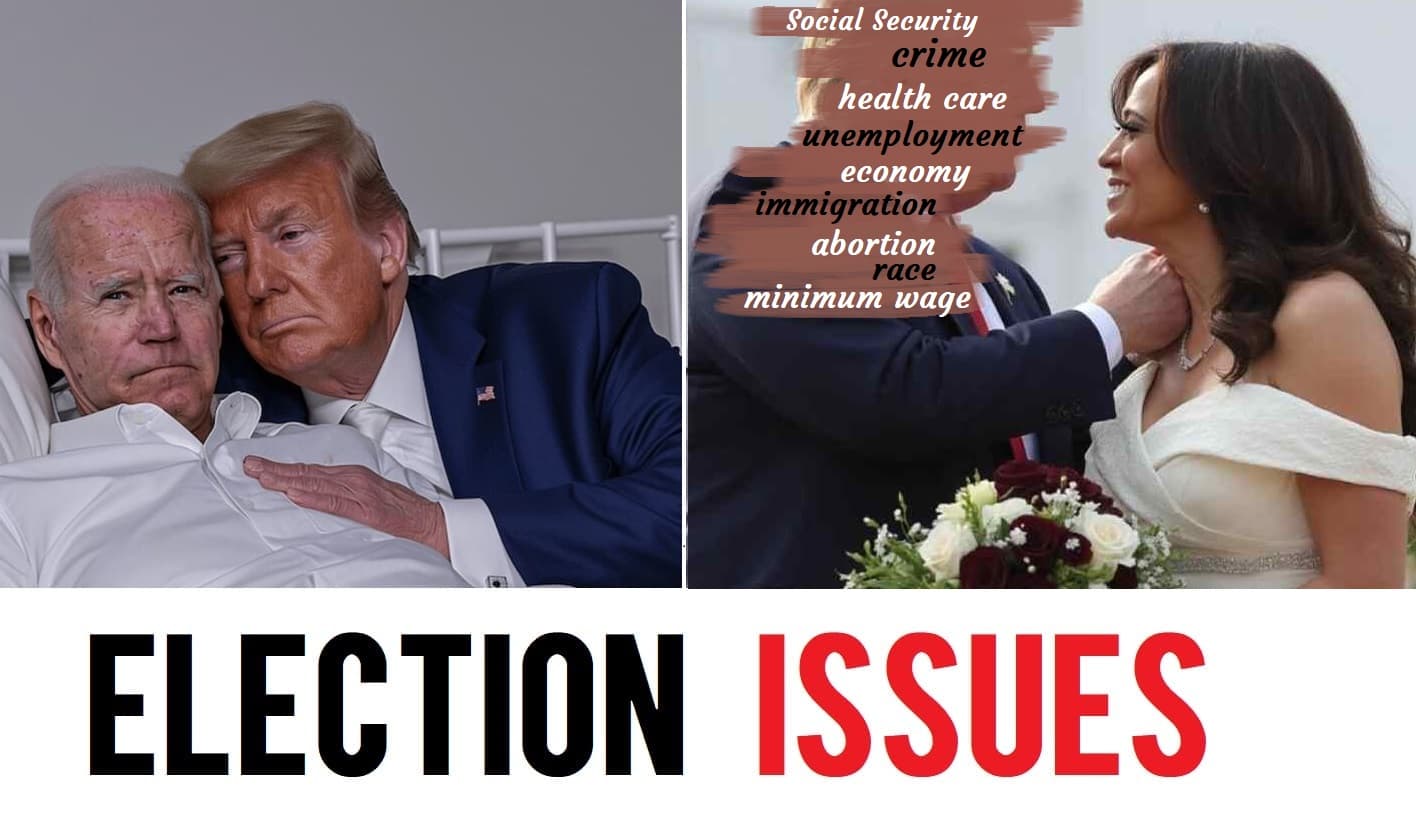
Key Takeaways
- Demographic Impact: Your age, education, and location influence your views on gun control.
- Red vs. Blue States: Attitudes toward gun ownership can differ significantly between states with different political leanings.
- Urban vs. Rural: Where you live affects your perception of gun safety and policies.
- Social Media’s Role: Online platforms shape how people view gun ownership and control.
Understanding these factors helps you see why opinions on gun policies vary so widely.
How Demographic Variations Affect Views on Gun Control and Safety Policies
The Influence of Age, Gender, and Education
Age: Your generation can influence your stance on gun control. Younger people might favor stricter regulations due to concerns about gun violence, while older generations may prioritize gun rights based on tradition and self-defense.
Gender: Women generally support stricter gun control, driven by concerns for family safety and public health. Men often emphasize personal freedom and self-defense, which aligns with more lenient views on gun ownership.
Education: Higher levels of education tend to correlate with support for stricter gun control. Educated individuals might be more aware of research linking gun control with reduced violence, while those with less formal education might focus more on personal experiences and immediate safety concerns.
Example: A college graduate in their 30s might advocate for comprehensive gun control policies, whereas a high school graduate in their 60s might prioritize gun rights and self-defense.
Comparative Analysis of Attitudes Toward Gun Ownership in Red vs. Blue States
Political Affiliation and Gun Ownership
Red States: Typically, Republican-dominated states support fewer restrictions on gun ownership. Gun rights are often viewed as a fundamental aspect of personal freedom and self-defense. States like Texas and Alabama, with strong conservative leanings, often have more lenient gun laws and higher rates of gun ownership.
Blue States: Democratic-leaning states usually advocate for stricter gun control measures. These states may implement more comprehensive background checks, restrictions on assault weapons, and other regulations aimed at reducing gun violence. Examples include California and New York, where stricter laws reflect the state’s political stance on public safety.
Example: In Texas, residents might strongly oppose any new gun control laws, while in California, voters might support measures aimed at tightening regulations on gun sales and ownership.
The Impact of Urbanization on Gun Safety Perceptions and Policy Preferences
Urban vs. Rural Perspectives
Urban Areas: In cities, where gun violence and crime might be more prevalent, residents often support stricter gun control measures. The focus is on reducing violence and enhancing public safety, leading to support for policies like comprehensive background checks and limits on certain types of firearms.
Rural Areas: Rural residents often view guns as essential for personal safety and tradition. They may resist additional regulations, seeing them as unnecessary restrictions on their lifestyle and self-defense needs.
Example: In urban areas like Chicago, there’s a push for more stringent gun safety laws to address high crime rates, whereas rural communities in Montana may advocate for minimal restrictions to preserve hunting and personal protection practices.
How Gender and Education Levels Influence Views on Gun Rights and Gun Control
Gender Differences
Women: Tend to support stricter gun control measures due to safety concerns, particularly regarding children and domestic violence. This demographic is often active in advocating for changes to gun laws.
Men: May prioritize gun rights more, focusing on self-defense and recreational use. This group often supports policies that protect the right to own and carry firearms.
Education Levels
Higher Education: People with higher education levels often support more restrictive gun control measures. They might base their views on research linking gun control with reduced violence and public safety improvements.
Lower Education: Those with less formal education may focus more on immediate concerns and personal experiences, often supporting more permissive gun laws to ensure self-defense.
Example: A well-educated woman living in a city might advocate for comprehensive gun control, while a less formally educated man in a rural area might support fewer restrictions to protect his rights and way of life.
The Role of Historical Gun Legislation in Shaping Current Public Opinions
Historical Context
Historical Legislation: Past gun laws and significant events have shaped current public opinions on gun control. For instance, the Gun Control Act of 1968 and the Brady Handgun Violence Prevention Act have influenced how people view gun ownership and regulation.
Current Opinions: Historical events, such as mass shootings or changes in legislation, continue to affect public opinion. For example, the impact of the Sandy Hook Elementary School shooting led to renewed debates about gun control and safety measures.
Example: The history of the Second Amendment and its interpretation influences ongoing debates about gun rights. Recent events may prompt calls for more stringent regulations or reinforce existing views on gun ownership.
Comparative Study of Gun Control Support Among Different Age Groups
Age and Gun Control Support
Younger Adults: Generally more supportive of stricter gun control measures. Concerns about gun violence and school shootings drive this demographic to advocate for comprehensive laws.
Older Adults: Often more supportive of gun rights, emphasizing personal freedom and self-defense. This group may view gun control as an infringement on their rights.
Example: A teenager or young adult might support policies like assault weapon bans and universal background checks, while older individuals might prioritize preserving their gun rights and focusing on self-defense.
The Effect of Gun Violence Statistics on Voter Preferences for Gun Policy
Statistics and Policy Preferences
Gun Violence Data: High levels of gun violence can sway public opinion toward supporting stricter gun control measures. Statistics showing rising violence often lead to increased advocacy for laws aimed at reducing gun-related incidents.
Voter Preferences: Voters may support candidates and policies that address gun violence through stricter regulations and preventive measures, influenced by recent data and personal experiences.
Example: Rising gun violence in certain cities might lead voters to support candidates who promise to implement more stringent gun control measures, while lower violence rates might lead to support for maintaining current laws.
Analyzing the Influence of Rural and Urban Demographics on Gun Rights and Control Opinions
Rural vs. Urban Demographics
Rural Demographics: Rural voters may prioritize gun rights and resist new regulations, viewing guns as essential for personal safety and cultural practices.
Urban Demographics: Urban voters often support more stringent gun control measures to address higher rates of gun violence and enhance public safety.
Example: Rural voters in states like Wyoming might advocate for fewer restrictions and more freedom to own firearms, while urban voters in states like New Jersey might push for stricter laws to combat urban crime.
The Role of Social Media Platforms in Shaping Attitudes Toward Gun Ownership
Social Media’s Influence
Social Media Platforms: Platforms like Facebook, Twitter, and Instagram play a significant role in shaping public opinions on gun ownership. They can amplify both pro-gun rights and pro-gun control messages.
Influence on Opinions: Social media can create echo chambers, where users are exposed primarily to viewpoints that align with their own beliefs. This can reinforce existing opinions and impact public discourse on gun policies.
Example: Viral social media campaigns advocating for gun control or highlighting gun violence can influence public opinion and policy discussions, while pro-gun rights groups can use social media to mobilize support and counteract calls for stricter regulations.
How Educational Background Affects Attitudes Toward Gun Safety and Ownership
Education and Gun Attitudes
Higher Education: Individuals with higher education levels often support more restrictive gun control measures, influenced by research and data linking gun control with reduced violence.
Lower Education: Those with less formal education might prioritize personal experiences and immediate safety concerns, often supporting more permissive gun laws.
Example: A person with a graduate degree might advocate for comprehensive gun control policies based on academic research, while someone with a high school diploma might focus on the perceived need for guns in self-defense.
Conclusion
Understanding how demographic factors influence opinions on gun control and safety helps explain the wide range of views on these issues. Whether it’s age, gender, education, or location, each aspect contributes to shaping personal and public perspectives on gun policies. For more insights into gun control and safety, explore resources from The New York Times and The National Rifle Association (NRA).





